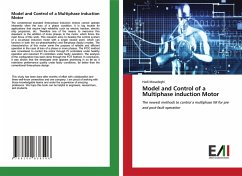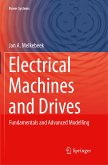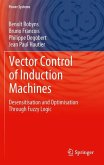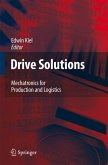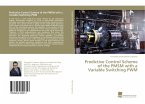The conventional standard three-phase induction motors cannot operate inherently often the loss of a phase condition. It is big trouble for applications that require high reliability such as electric traction, electric ship propulsion, etc. Therefore one of the means to overcome this drawback is the addition of more phases to the motor, which forms the main focus of this work. This research aims to develop the control system of a six-phase induction motor with a single neutral point, which can function in both the six-phase(healthy) and five-phase (faulty) modes. The characteristics of this motor serve the purpose of reliable and efficient operation in the case of loss of a phase or more phases. The IFOC method was considered to control the motor through PI controllers under healthy operation and resonant PI controllers under faulty operation. The analysis of the configuration has been done through the FOT method. In conclusion, it was shown that the developed drive appears promising in so far as it maintains performance quality under faulty conditions, far better than the conventional three-phase design.

